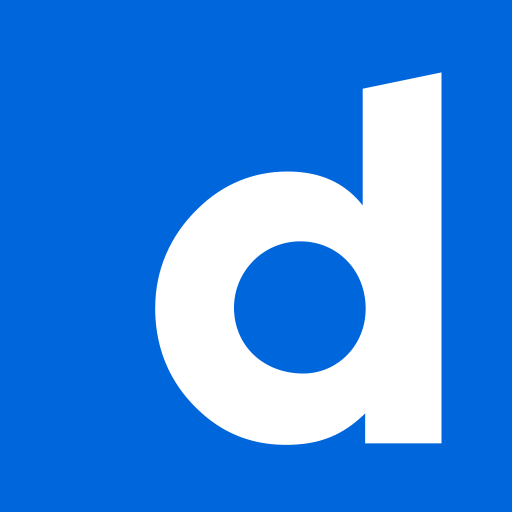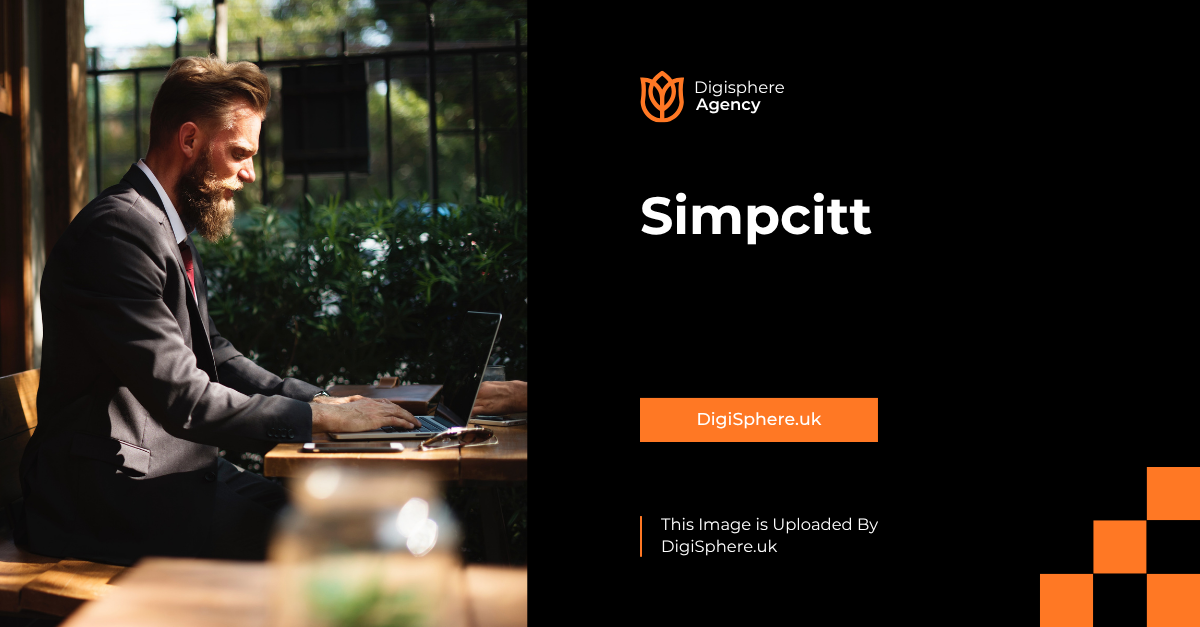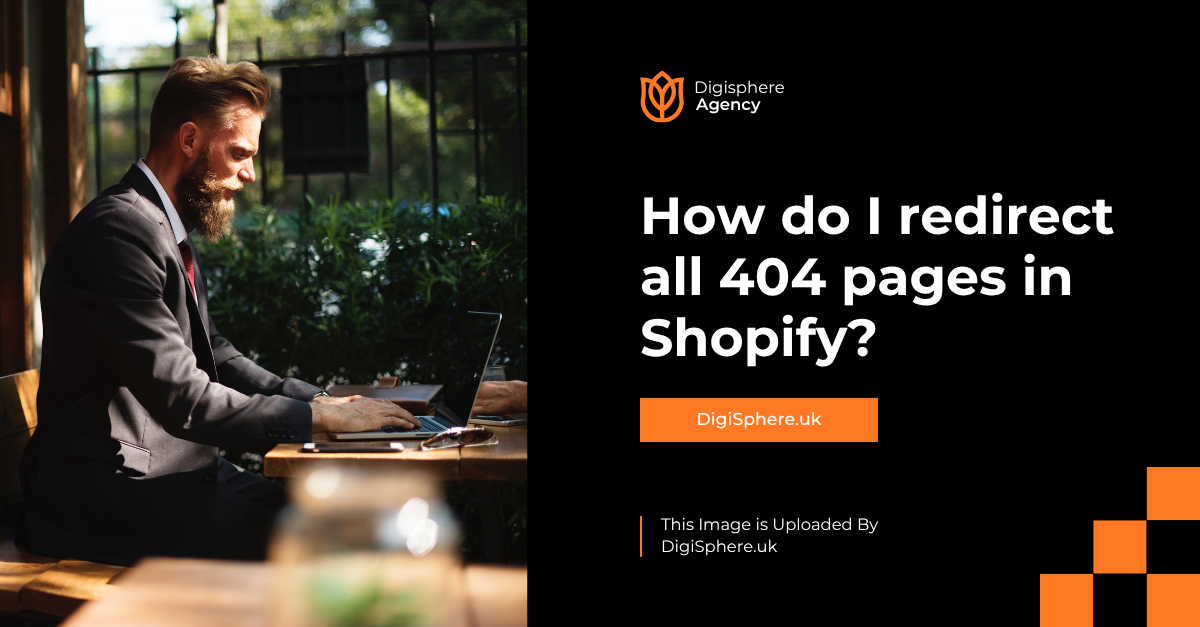What is Web Scraping?
While a human can manually copy and paste information from a webpage, web scraping automates this process at scale, making it possible to extract thousands or even millions of data points in a fraction of the time. The extracted information can be stored in databases, spreadsheets, or other formats for further analysis.
Typically, web scraping involves fetching a webpage’s HTML code and then parsing the required content, such as product prices, company information, news articles, or research data. With the right tools, this data can be structured into clean, organized datasets ready for use.
How Web Scraping Works
The process of web scraping generally follows a few basic steps:
-
Sending a Request – A scraping tool or script sends an HTTP request to a webpage, similar to how a web browser does when a user opens a site.
-
Fetching the Content – The server responds with the webpage’s content, usually in HTML format.
-
Parsing the Data – The scraper analyzes the HTML structure to locate and extract the relevant information, such as titles, prices, links, or images.
-
Storing the Data – Once extracted, the data is saved in a structured format like CSV, JSON, or directly into a database for further use.
Various programming languages and libraries, such as Python with BeautifulSoup or Scrapy, are popular choices for building web scraping scripts due to their simplicity and efficiency.
Applications of Web Scraping
Web scraping has a wide range of practical applications across different industries. Some of the most common uses include:
-
Market Research and Price Monitoring – Businesses frequently scrape competitor websites to track pricing, product availability, and promotions.
-
Lead Generation – Marketing teams extract contact details such as email addresses, company names, and social media profiles to build targeted customer lists.
-
E-commerce and Product Data Collection – Online stores may gather information from suppliers’ websites to update product details, prices, and availability automatically.
-
Academic and Research Purposes – Researchers often use scraping to collect large datasets from scientific publications, online forums, or public records for analysis.
-
Sentiment Analysis – Social media platforms and review sites are scraped to study public opinion about a brand, product, or event.
These applications show how web scraping serves as a powerful tool for decision-making and strategic planning.
Benefits of Web Scraping
The advantages of web scraping are numerous:
-
Efficiency: Automating data collection saves significant time compared to manual research.
-
Scalability: Web scrapers can handle massive amounts of data across hundreds or thousands of websites.
-
Accuracy: When designed properly, scraping tools reduce human errors in copying and recording information.
-
Real-time Data: Scrapers can be scheduled to run at regular intervals, ensuring that users always have the latest information.
-
Cost-effectiveness: By automating the process, organizations save money that would otherwise be spent on manual labor.
Challenges and Limitations
Despite its advantages, web scraping comes with challenges and limitations.
-
Website Structure Changes – Since scrapers depend on a site’s HTML structure, even small changes can break the script, requiring constant maintenance.
-
Legal and Ethical Concerns – Not all websites permit scraping. Some restrict automated data collection in their terms of service, raising legal and ethical issues.
-
CAPTCHAs and Anti-bot Measures – Many websites use security features to block automated access, making scraping more difficult.
-
Data Quality Issues – Extracted data may contain duplicates, errors, or inconsistencies that require cleaning and processing.
-
Server Load Concerns – Excessive scraping can overload a website’s server, leading to potential disruptions.
These factors highlight the importance of using web scraping responsibly and ethically.
Best Practices for Web Scraping
To make web scraping efficient and compliant, certain best practices should be followed:
-
Respect Robots.txt: Many websites provide a
robots.txtfile that specifies what can and cannot be crawled. -
Limit Request Rates: Sending too many requests in a short time can be interpreted as an attack; it is better to pace scraping activities.
-
Use Proxies and Rotating IPs: This helps prevent being blocked by websites that detect repeated requests from a single source.
-
Data Cleaning: Always process scraped data to remove errors, duplicates, and inconsistencies.
-
Legal Considerations: Ensure compliance with local laws and the website’s terms of service before scraping.
Future of Web Scraping
As the demand for data continues to grow, web scraping will remain an essential tool.
Moreover, as more organizations embrace data-driven decision-making, web scraping will continue to evolve into a more sophisticated and accessible practice. However, regulations around data privacy and website usage will likely become stricter, requiring scrapers to strike a balance between data collection and ethical responsibility.










Leave a Reply